Key Takeaways:
- Understanding the four fundamental rules of animal first aid can save a pet's life during an emergency.
- Pet owners should be prepared with a pet first aid kit and knowledge of basic pet first aid techniques.
- After administering first aid, seeking professional veterinary care is crucial for the well-being of the injured animal.
Introduction to Animal First Aid
When it comes to our furry friends, emergencies can happen at any time, and as pet owners, it's our responsibility to be prepared. Knowing what are the rules of animal first aid is essential for providing immediate care during a pet emergency. This comprehensive guide will walk you through the four cardinal rules of first aid for pets, ensuring you're equipped to handle common pet emergencies.
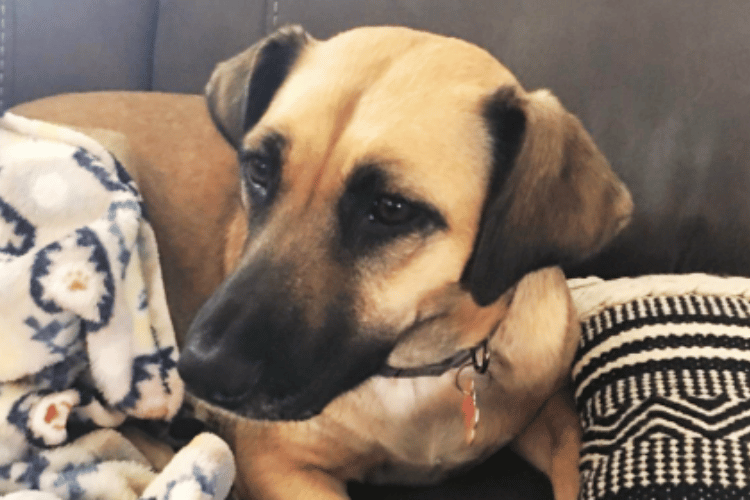
Rule 1: Assess the Situation
Before you dive into administering aid, it's crucial to assess the situation. Approach the injured animal with caution; even the most gentle pets can bite when in pain. Look for signs of severe injury, such as severe bleeding or difficulty breathing, and take appropriate precautions to keep both you and the pet safe.
Safety First
Your safety is paramount. An injured pet can act unpredictably due to pain or extreme fright. Approach slowly, speaking in a calm voice to keep the pet calm. If the animal is aggressive, seek assistance from a professional before proceeding.
Evaluate the Pet's Condition
Check for responsiveness. If the pet collapses or is unresponsive, check for breathing and a pulse. For small dogs and cats, feel for a heartbeat by placing your hand on the chest where the elbow touches the rib cage. For larger dogs, the heartbeat can be felt on the lower side of the rib cage.

Rule 2: Perform Immediate Life-Saving Measures
In cases of severe injury or medical emergency, immediate action can mean the difference between life and death. If the pet is not breathing, perform rescue breathing. If there's no heartbeat, begin chest compressions for pet CPR.
Rescue Breathing and CPR
To perform rescue breathing, ensure the pet's airway is clear of foreign objects. For smaller dogs and cats, hold the mouth closed and breathe directly into the nose until you see the chest expand. After every 30 chest compressions, give two rescue breaths. For larger dogs, you may need to breathe into the pet's mouth as well as the nose.
Handling Severe Bleeding
If the pet is bleeding, apply direct pressure to the wound with a clean cloth. For major bleeding, this can help slow blood loss until the pet receives veterinary treatment. Always use firm pressure and avoid removing the cloth, as this could dislodge blood clots.
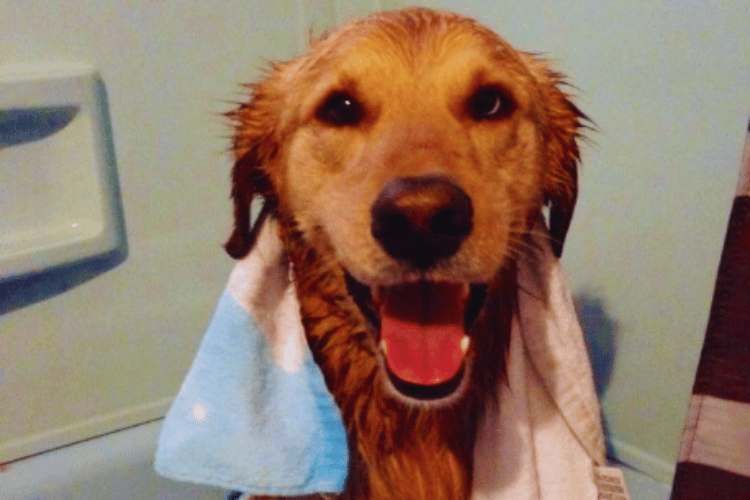
Rule 3: Prevent Further Injury
Moving an injured pet requires care to prevent exacerbating any injuries, especially if you suspect a spinal injury. Keep the pet's neck straight and gently lay them on a flat surface to transport them.
Immobilizing Broken Bones
If you suspect broken bones, immobilize the limb before moving the pet. Use makeshift splints like magazines or cardboard, but do not attempt to set the bone yourself. This could cause further damage and pain.
Managing Bite Wounds in Pets
Bite wounds can be one of the most common injuries for pets, especially those who interact with other animals. When dealing with bite wounds, the first step is to ensure your safety; an injured pet may act out of character and bite due to fear or pain. Once safe, assess the wound. If it's minor, clean it with mild soap and water, and apply pressure with a clean cloth to stop any bleeding. For more severe wounds, or if the bleeding does not stop, it's crucial to seek veterinary assistance immediately as bite wounds can lead to serious infections.
In the case of bite wounds, the principles of animal first aid come into play. It's important to preserve life and prevent further injury. If the wound is bleeding profusely, applying pressure directly to the wound with a clean bandage can help control blood loss. Keep the injured pet calm and still; movement can exacerbate the injury. Remember, while first aid administered can be a lifesaver, it is not a substitute for professional veterinary care, which is essential in the case of serious wounds.
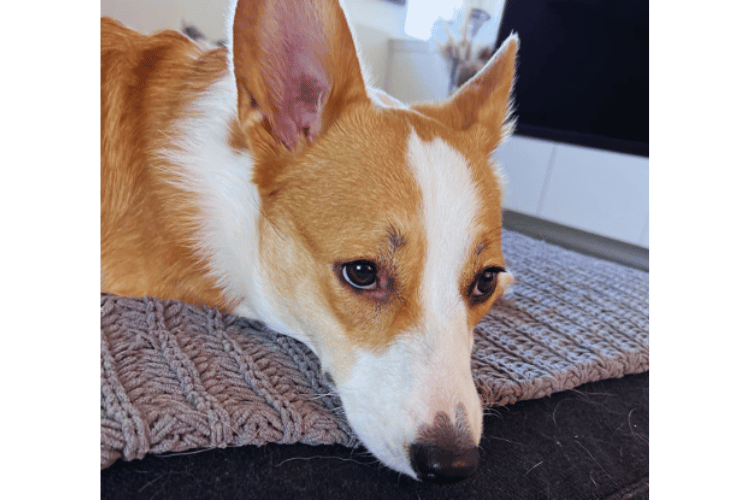
Caring for Injured Pets: A Step-by-Step Aid Guide
When faced with an injured pet, knowing what are the rules of animal first aid can be a lifesaver. The initial step is to approach the pet calmly to avoid additional stress or injury. Speak in a soothing tone and move slowly. If the pet shows signs of aggression due to fear or pain, it may be necessary to fashion a makeshift muzzle out of a bandage or piece of cloth to safely assess and treat their injuries. Remember, even the gentlest pets can bite when they are in pain.
Once you've ensured your safety and the pet's comfort, check for any obvious injuries such as bleeding, broken bones, or signs of pain. Control any bleeding by applying pressure with a clean cloth and keep the injured pet as still as possible. If you suspect a broken bone, avoid moving the pet unnecessarily and provide support to the injured area. It's crucial to keep the pet warm and quiet while you prepare to transport them to a veterinary clinic for further care.
Treating Shock in Pets
When a pet experiences a traumatic event, shock can be a life-threatening condition that requires immediate attention. The signs of shock in most pets include pale gums, rapid heartbeat, and listlessness. If you suspect your furry friend is in shock, it's crucial to keep them warm and calm while you transport them to the vet. Gently wrap your pet in a blanket to maintain body heat and avoid any unnecessary movement that could exacerbate their condition.
In the meantime, check your pet's airway to ensure it's clear and that they can breathe without obstruction. If your pet is unconscious, be careful when opening the pet's mouth; avoid getting bitten and do not perform rescue breathing unless you are trained to do so. Remember, treating shock is a race against time, so while you can perform these initial steps, getting professional help is paramount.
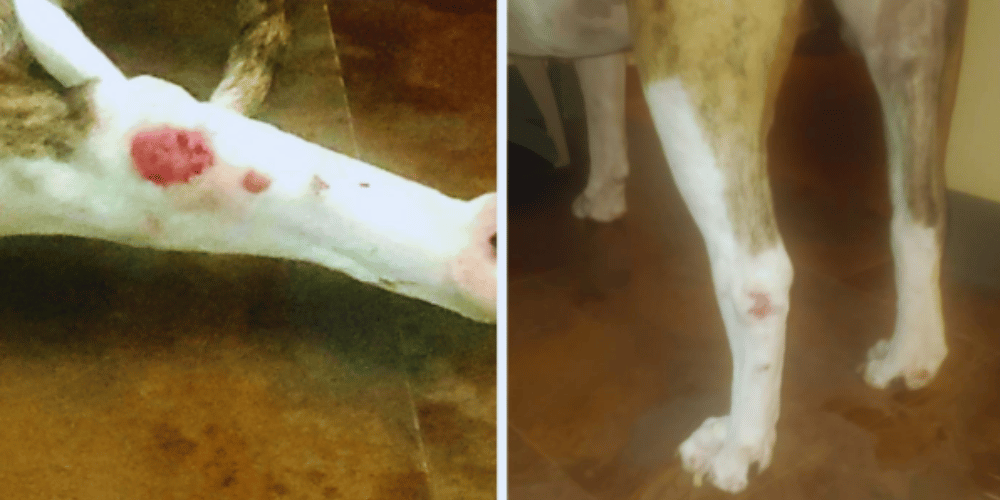
Coping with Seizures in Pets
When a pet experiences a seizure, the sight can be alarming, but knowing what are the rules of animal first aid can be a lifesaver. The first step is to remain calm and ensure there's nothing within reach that could harm the pet during the convulsions. Do not attempt to restrain your pet or put anything in your pet's mouth; despite popular belief, pets do not swallow their tongues during a seizure. Instead, gently slide a cushion or soft blanket under their head to prevent injury.
After the seizure has passed, it's crucial to keep your pet warm and quiet as they recover. Monitor their breathing and ensure their pet's airway remains clear. If this is a first-time event, or if the seizure lasts for more than a couple of minutes, seek veterinary assistance immediately. Seizures can be symptomatic of underlying health issues, and a professional can provide the necessary care and advice for your pet's life.
Recognizing and Responding to Choking in Pets
Choking is a critical emergency that can threaten your pet's life. If you suspect your pet is choking, it's essential to act swiftly but calmly. Begin by examining your pet's mouth for any visible obstructions. If you can see the object, gently try to remove it, taking care not to push it further down the throat. Be cautious, as a distressed pet may inadvertently bite in panic. If the object is not easily removable or your pet is unconscious, you may need to perform a modified Heimlich maneuver designed for pets to dislodge the item.
In the event that the Heimlich maneuver is necessary, place your pet on their side and apply firm pressure just below the rib cage, pushing upwards and towards the head. This may need to be repeated several times. It's crucial to check the pet's airway after each attempt. If you're successful in removing the obstruction, keep an eye on your pet for any signs of injury or distress and consult a veterinarian as soon as possible. Remember, knowing what the rules of animal first aid are can save your pet's life in such emergencies.
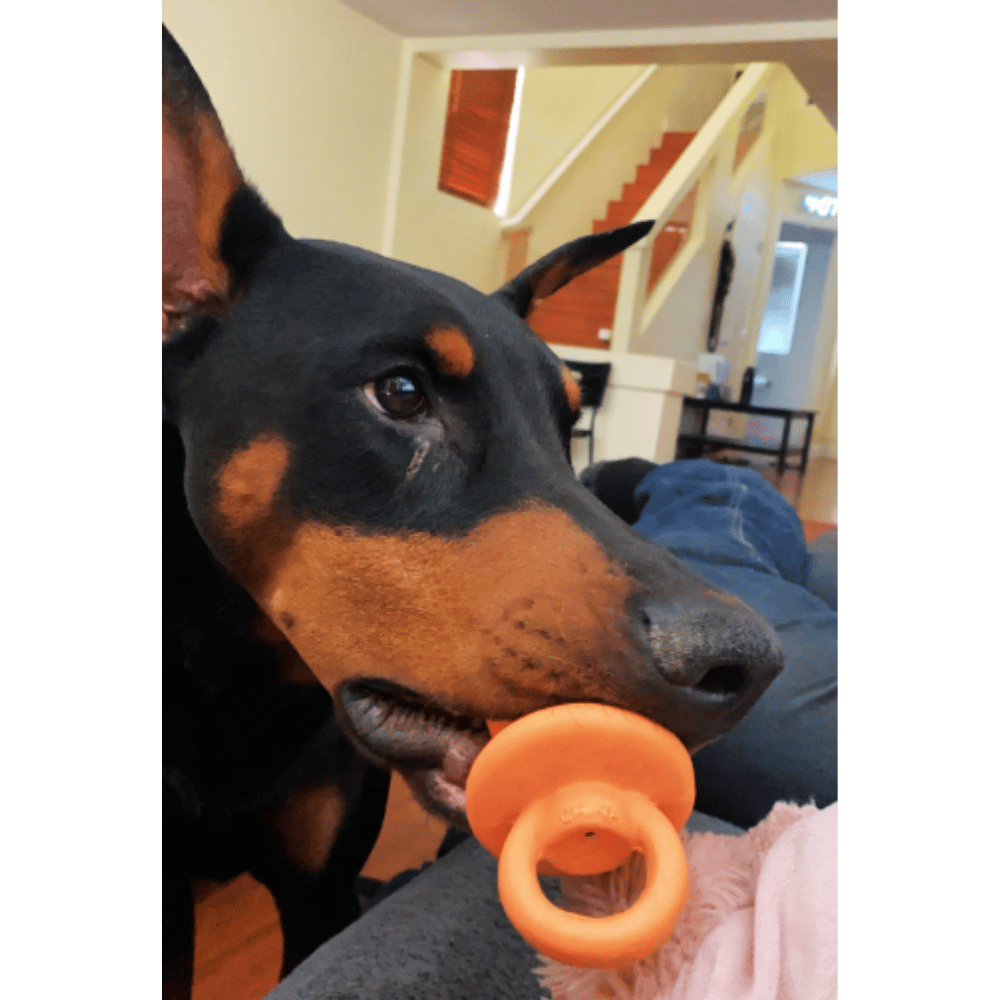
Administering First Aid for Breathing Difficulties
When a pet is experiencing breathing difficulties, time is of the essence. First, ensure that your pet's airway is clear. If your pet is struggling to breathe but the airway seems unobstructed, it could be a sign of an allergic reaction, asthma, or another medical issue. Keep your pet calm and avoid any unnecessary stress, which can exacerbate the problem. If your pet stops breathing, you'll need to be prepared to perform rescue breathing.
To administer rescue breathing, first ensure there is no obstruction in your pet's mouth or throat. Close your pet's mouth and breathe directly into their nose until you see their chest expand. Give breaths at intervals of 4 to 5 seconds, and continue until your pet starts breathing on their own or until you can get them to a veterinarian. Monitoring your pet's vital signs during this process is crucial. Remember, while administering first aid, it's important to keep in mind the rules of animal first aid to ensure the best possible outcome for your pet.
Pet Ear and Eye Care in Emergencies
Ear and eye injuries in pets can escalate quickly if not addressed properly. For ear injuries, such as those involving the ear flaps, it's important to avoid inserting anything into the ear canal. If the ear flap is bleeding, apply gentle pressure with a clean cloth. If a foreign object is visible and easily accessible, you may carefully remove it, but if it's lodged deep within, or if there's severe swelling or discharge, contact your vet immediately.
Eye injuries require a delicate touch. If your pet's eye is exposed to irritants or suffers a minor scratch, you can use a saline solution to gently flush the area. However, do not attempt to treat severe eye injuries or infections at home. Cover the eye with a damp cloth to prevent your pet from scratching it and seek veterinary care without delay. Remember, prompt and appropriate first aid can prevent further damage and ensure the best possible outcome for your pet's health.
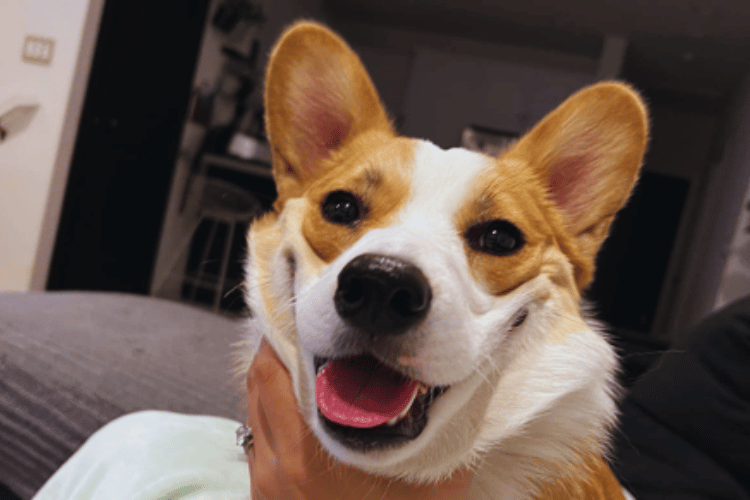
Administering Medication to Pets
Administering medication to pets can sometimes feel like a daunting task, but it's an essential skill for pet owners. Whether it's a pill for flea prevention or a liquid antibiotic, ensuring your pet takes their medicine is crucial for their health. For pills, you can hide them in a small amount of food or use a pill dispenser. Be sure to check that your pet has swallowed the medication, as some clever pets might spit it out.
For liquid medication, gently hold your pet's muzzle from above, tilt their head back, and carefully squeeze the prescribed amount into the side of the pet's mouth, allowing them to swallow it. If you're unsure about the correct technique, ask your vet for a demonstration. It's important to follow the vet's instructions precisely and complete the full course of medication to prevent a recurrence of the illness.
Monitoring Vital Signs in Sick Animals
Understanding how to monitor the vital signs of sick animals is an essential part of any pet first aid guide. Begin by checking the pet's airway to ensure it is clear of obstructions. If the pet is not breathing, you may need to perform CPR, but only after proper training on the technique for pets. To check the pet's blood pressure, you can feel for a pulse either on the inside of the thigh, where the femoral artery is located, or on the pet's chest.
In addition to blood pressure, observe the pet's gum color, which can indicate oxygenation levels; pink gums are a good sign, while pale or blue-tinged gums require immediate veterinary attention. Keep track of the pet's breathing rate and effort, as labored breathing could signify a serious problem. If you're trained to do so, use a stethoscope to listen to the pet's heart and lungs. These observations can provide critical information to the vet upon arrival and can make a significant difference in the pet's life.
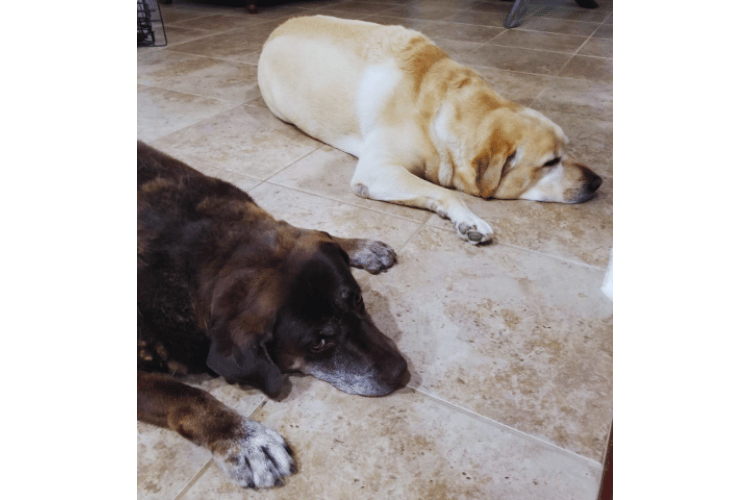
First Aid for Large Dogs
Administering first aid to large dogs can present unique challenges due to their size. If a large dog is in need of CPR, the technique differs slightly from that of smaller pets. You'll need to place your hands over the widest part of the chest wall rather than over the ribcage. When performing CPR, ensure that the pet's airway is clear by checking the pet's mouth and throat for obstructions. If rescue breathing is required, close the pet's mouth and breathe directly into their nostrils.
For injuries such as broken bones, immobilizing the affected area is key. However, with large dogs, this can be more difficult due to their weight and strength. Use makeshift splints made from straight line materials like magazines or cardboard, and secure them with bandages. Always be cautious of the pet's movements to avoid being injured yourself. Remember, the goal of first aid care is to stabilize the pet until you can get them to a veterinarian. Keep the pet warm and transport them carefully, avoiding any jostling or unnecessary movement that could worsen their condition.
Avoiding Overheating and Hypothermia
Never use hot or cold water to treat injuries, as extreme temperatures can cause shock. Instead, use tepid water to clean wounds or to cool down a pet on a hot summer day. Always dry the pet thoroughly to prevent hypothermia.
Rule 4: Seek Veterinary Assistance
After administering first aid, it's critical to get the pet to a veterinary hospital as soon as possible. Even if the pet seems to recover, internal injuries like blood clots or internal bleeding may not be immediately apparent.
When to Visit the Vet Immediately
For any severe injury, rapid breathing, bloody urine, or if the pet collapses, vet immediately. Diagnostic tests may be needed to fully understand the pet's condition and to provide the necessary treatment.
Follow-Up Care
After the pet receives veterinary treatment, follow the vet's specific first aid advice for home care. This may include administering medication, changing bandages, or restricting the pet's activity to ensure a full recovery.
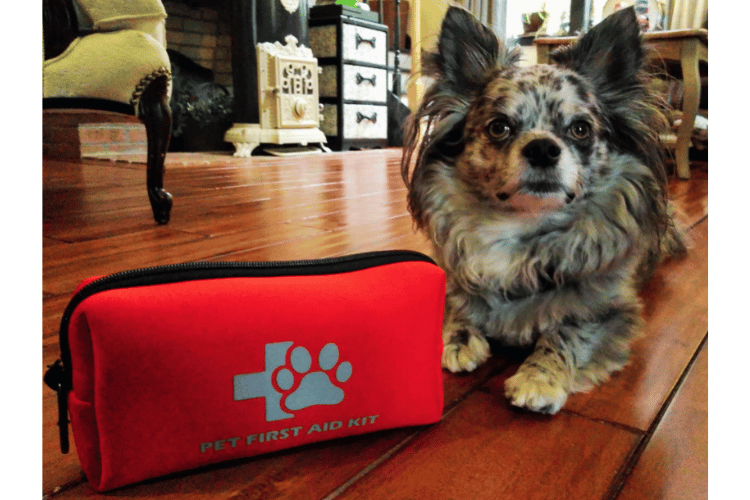
Preparing a Pet First Aid Kit
Every pet owner should have a basic pet first aid kit on hand. This kit should include items like gauze, adhesive tape, cotton balls, tweezers, saline solution, and a digital thermometer. Having these supplies readily available can help you efficiently address a pet emergency.
Recognizing Common Pet Emergencies
Understanding common pet emergencies like choking, heatstroke, and poisoning can help you react quickly and effectively. Choking sounds, excessive panting on a hot summer day, or sudden illness after ingesting something could all indicate a pet in distress.
The Heimlich Maneuver for Pets
Just like humans, pets can choke on small objects. If you notice choking sounds and the pet is unable to cough up the object, the Heimlich maneuver may be necessary. For smaller dogs, lift them by their hind legs, so their head is pointing down, and give several firm shakes. For larger dogs, place your arms around their belly and give quick, firm pressure upwards.
Handling Heatstroke and Burns
On hot days, pets can suffer from heatstroke. Move the pet to a shaded area and apply tepid water to their body. For burns, such as a chemical burn, flush the area with plenty of water and cover it with a damp cloth before seeking veterinary care.
Dealing with Poisoning
If you suspect your pet has ingested something toxic, do not induce vomiting unless instructed by a vet. Contact a veterinary hospital immediately for advice on how to proceed. Keep samples of the substance and any vomit to help the vet determine the best course of action.
Ear and Eye Injuries
For injuries to the ears or eyes, avoid touching the affected area. Cover the injury with a clean, damp cloth and seek veterinary care. Do not attempt to remove foreign objects from the eye, as this could cause more damage.

Summary
The four rules of animal first aid are essential knowledge for any pet owner. By assessing the situation, performing immediate life-saving measures, preventing further injury, and seeking veterinary assistance, you can provide the best possible care for an injured pet. Remember to stay calm, act quickly, and always follow up with professional veterinary care.
FAQ Section
Q: Can I use human first aid techniques on my pet? A: While some human first aid techniques can be adapted for pets, such as CPR and the Heimlich maneuver, it's important to understand the anatomical differences between humans and animals. Always seek specific first aid advice for pets from a professional.
Q: How often should I check and update my pet first aid kit? A: Check your pet first aid kit at least twice a year for expired items and replenish it as necessary. It's also a good idea to familiarize yourself with the contents regularly so you can act quickly in an emergency.
Q: What should I do if my pet has a seizure? A: During a seizure, keep the pet away from any objects that could harm them. Do not try to restrain them or put anything in their mouth. Time the seizure, keep the environment calm and quiet, and contact your vet immediately.
Thank you for visiting LegitLists we hope this helps you make a legitimate choice!






